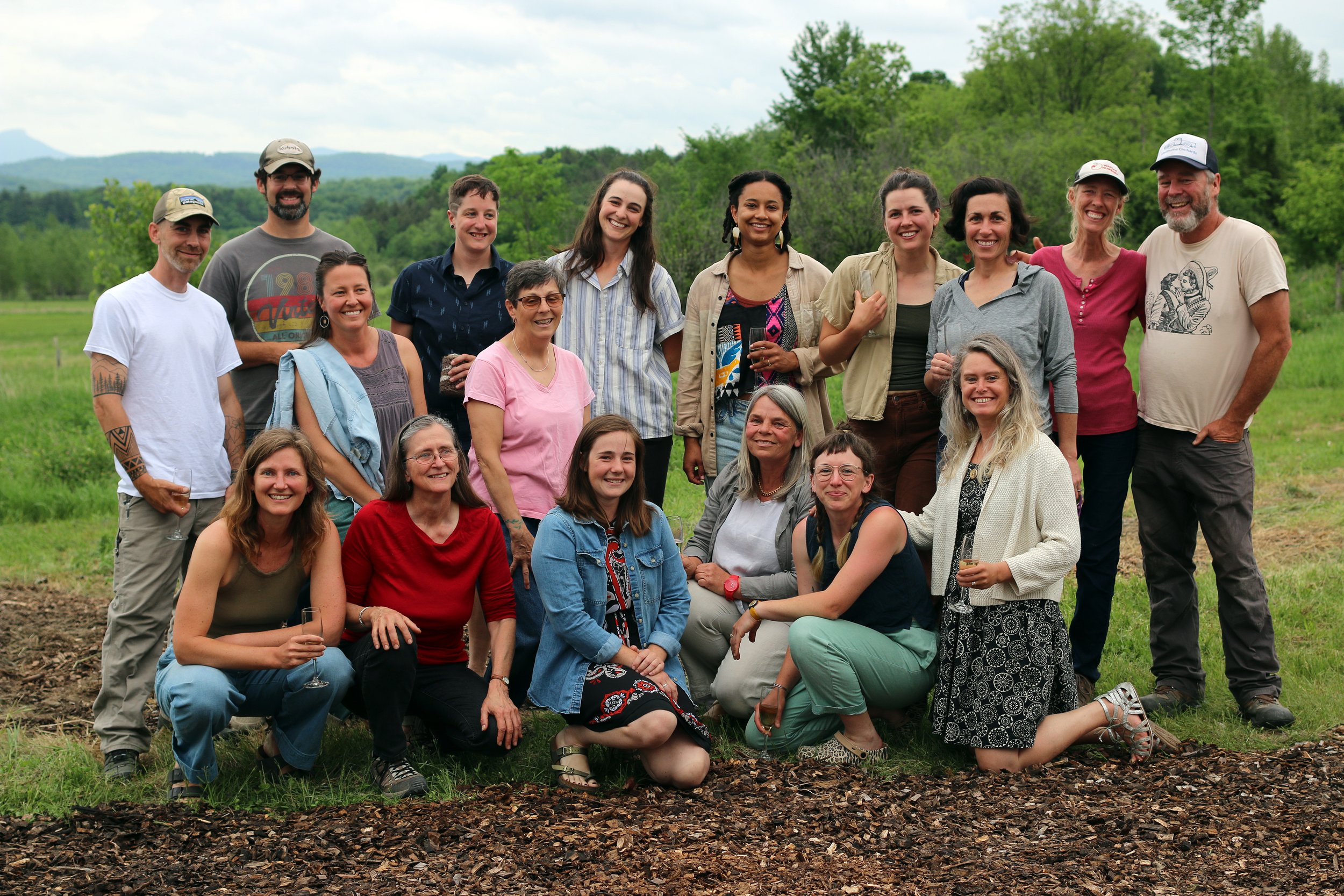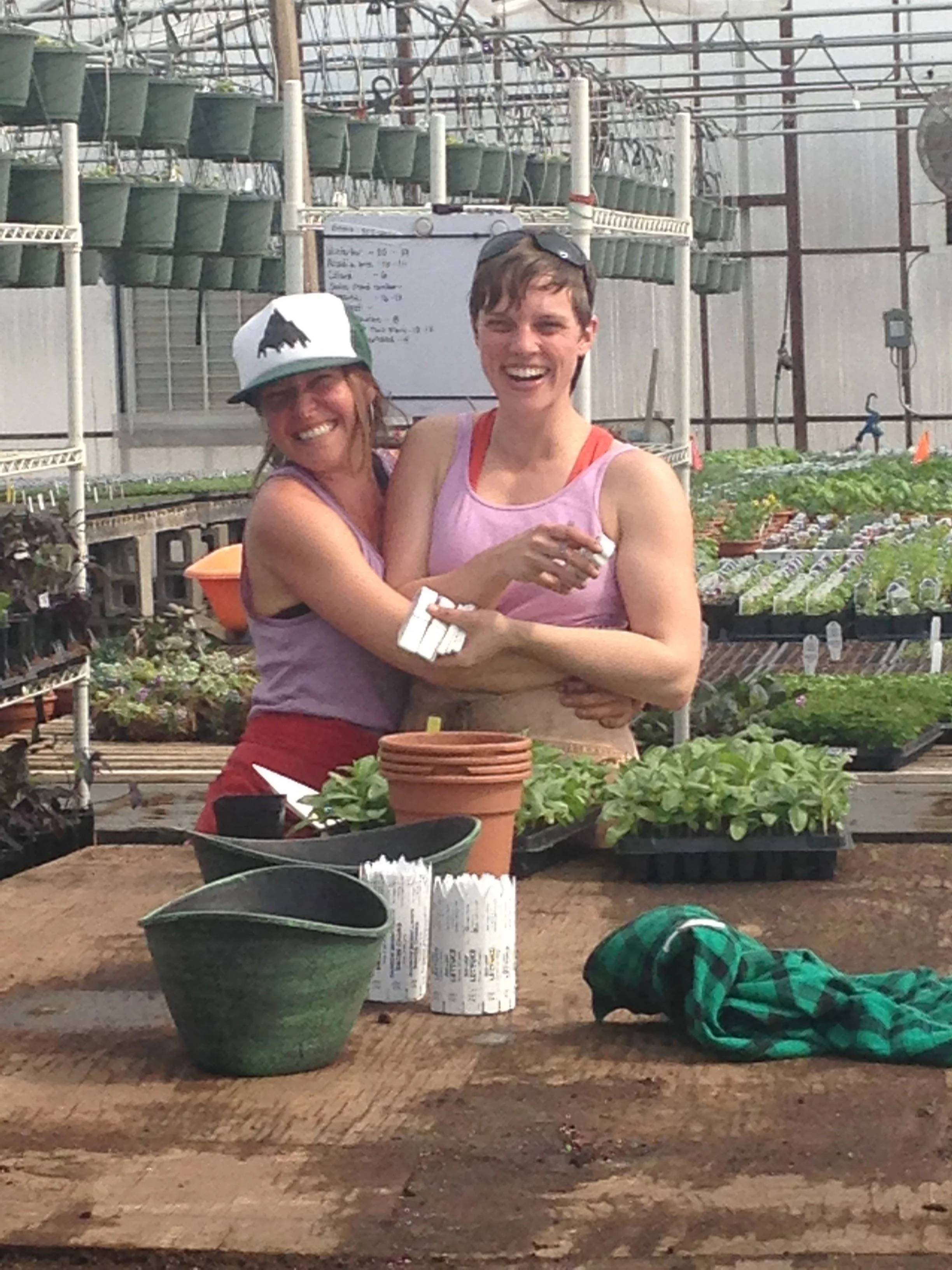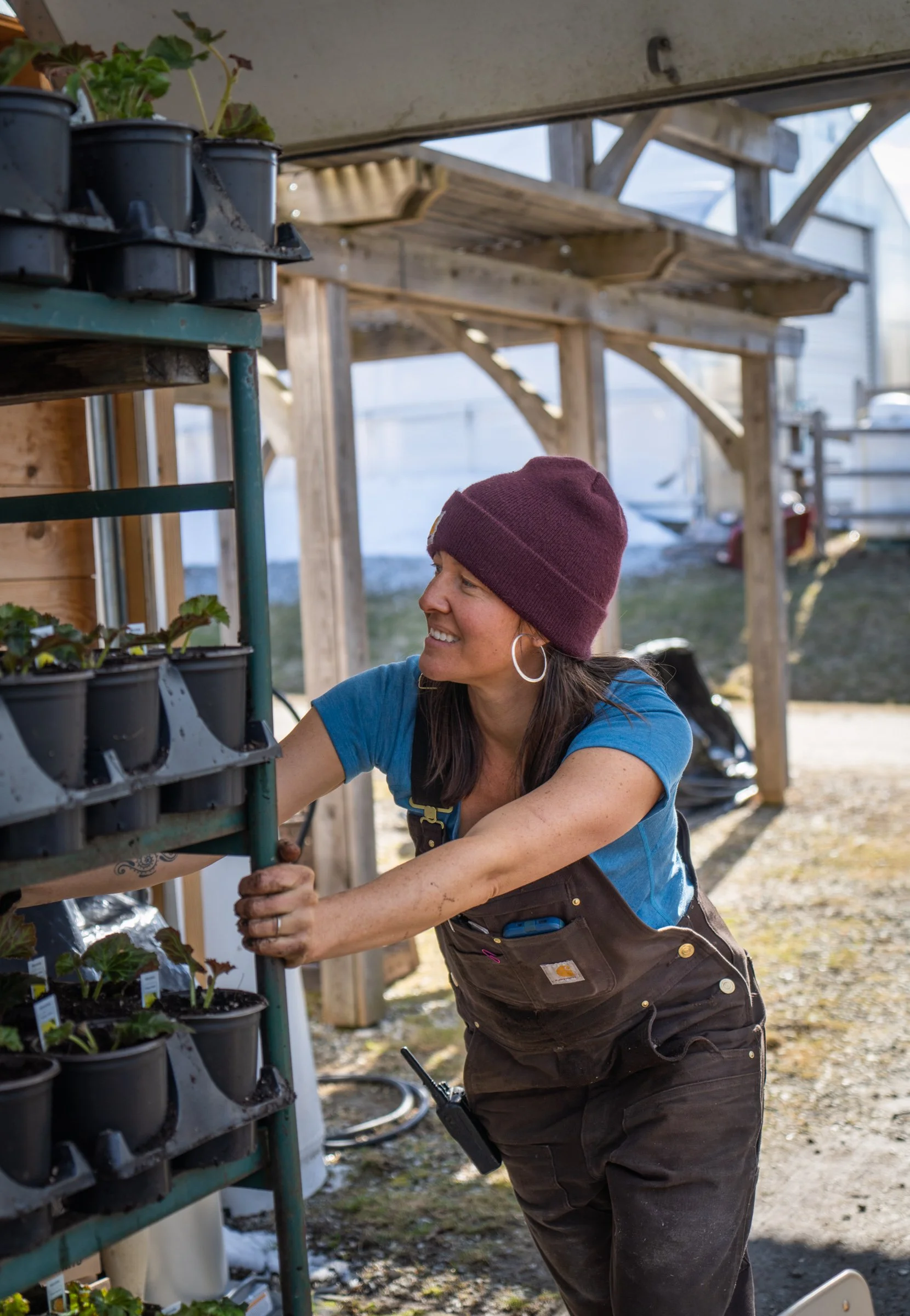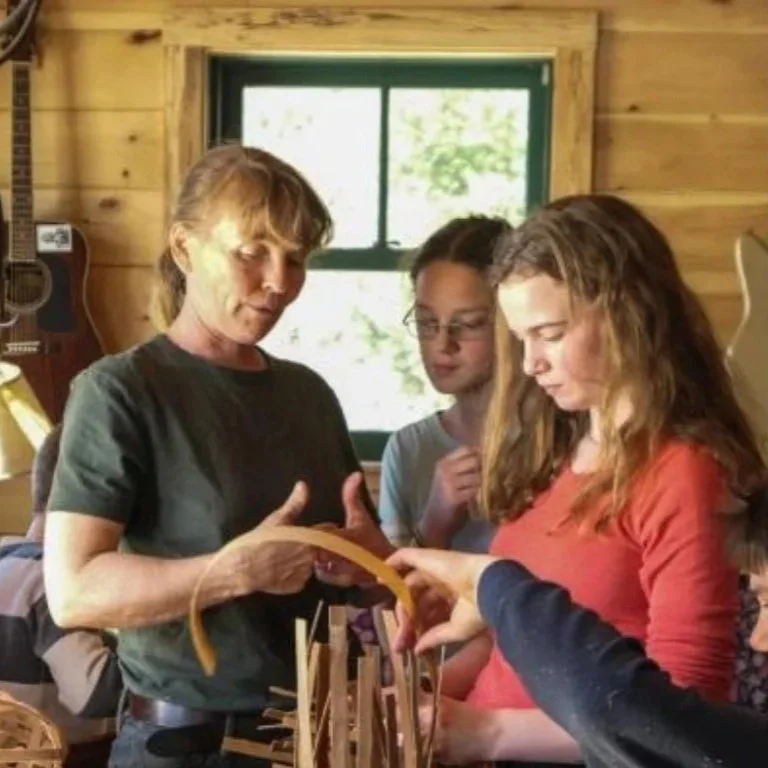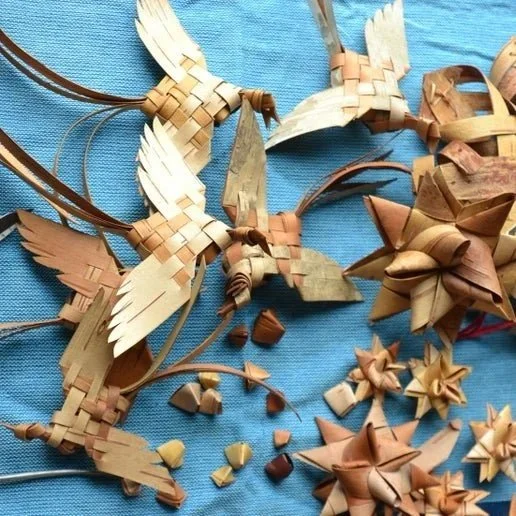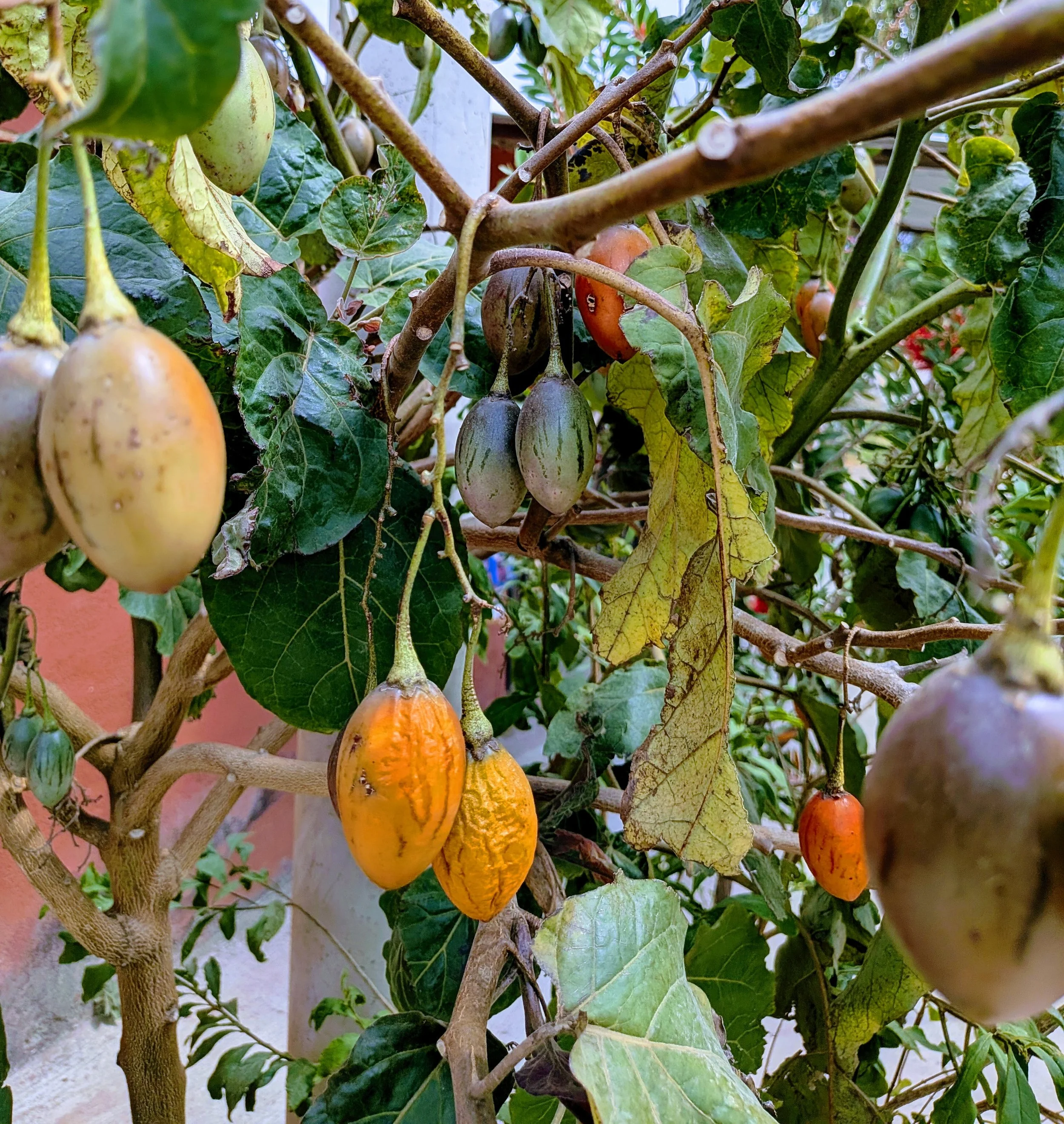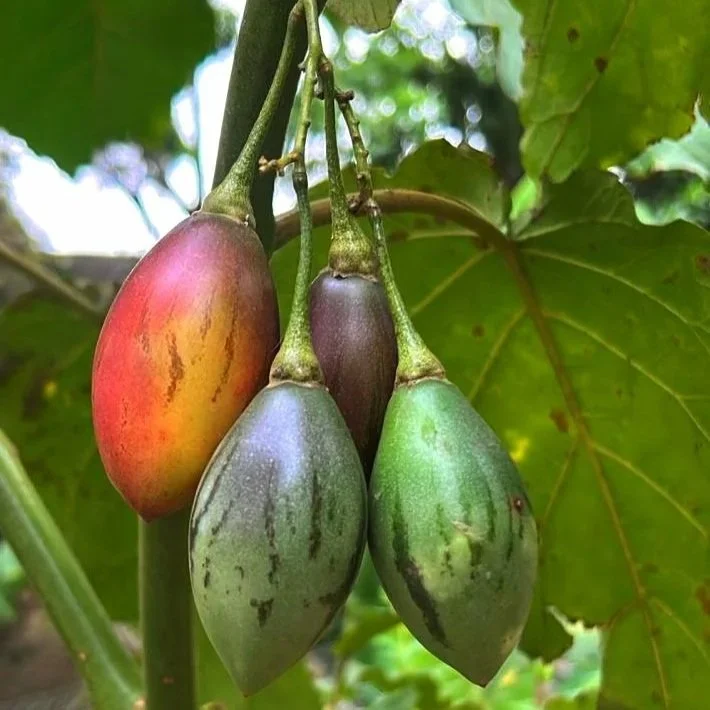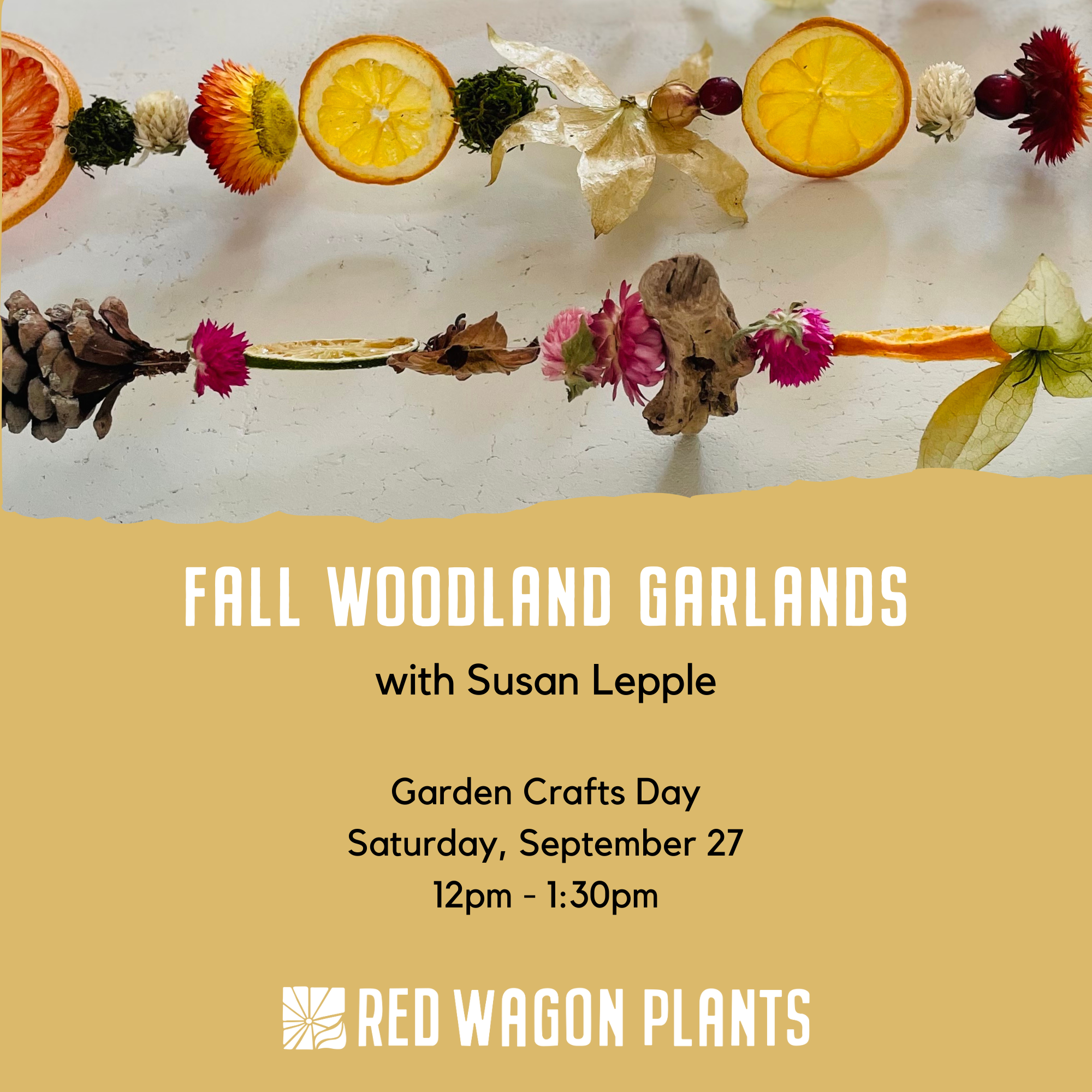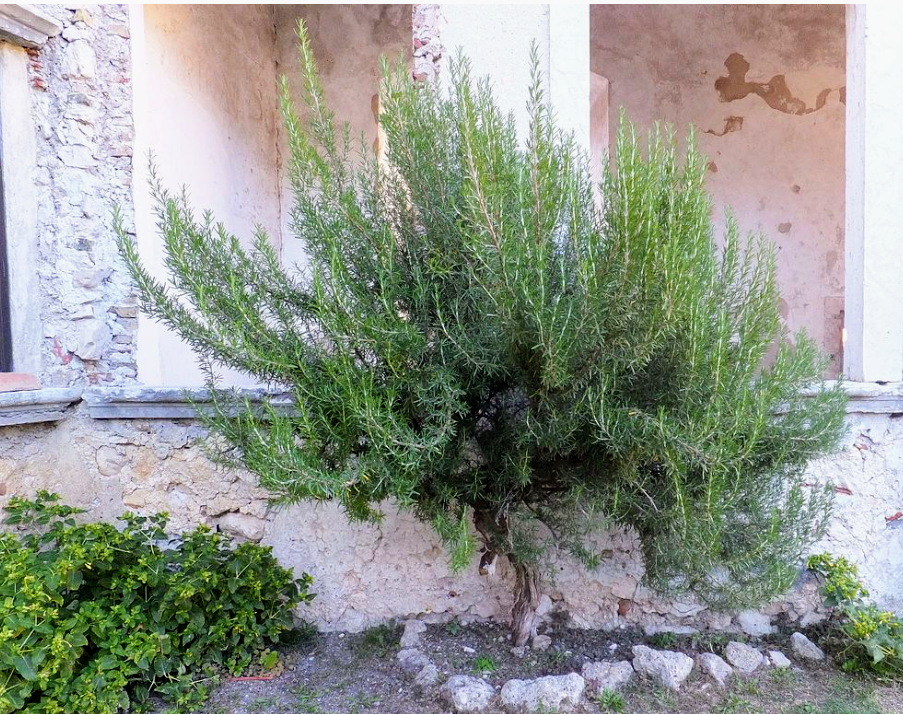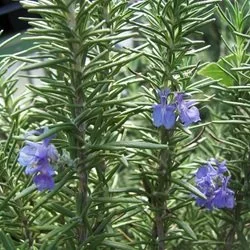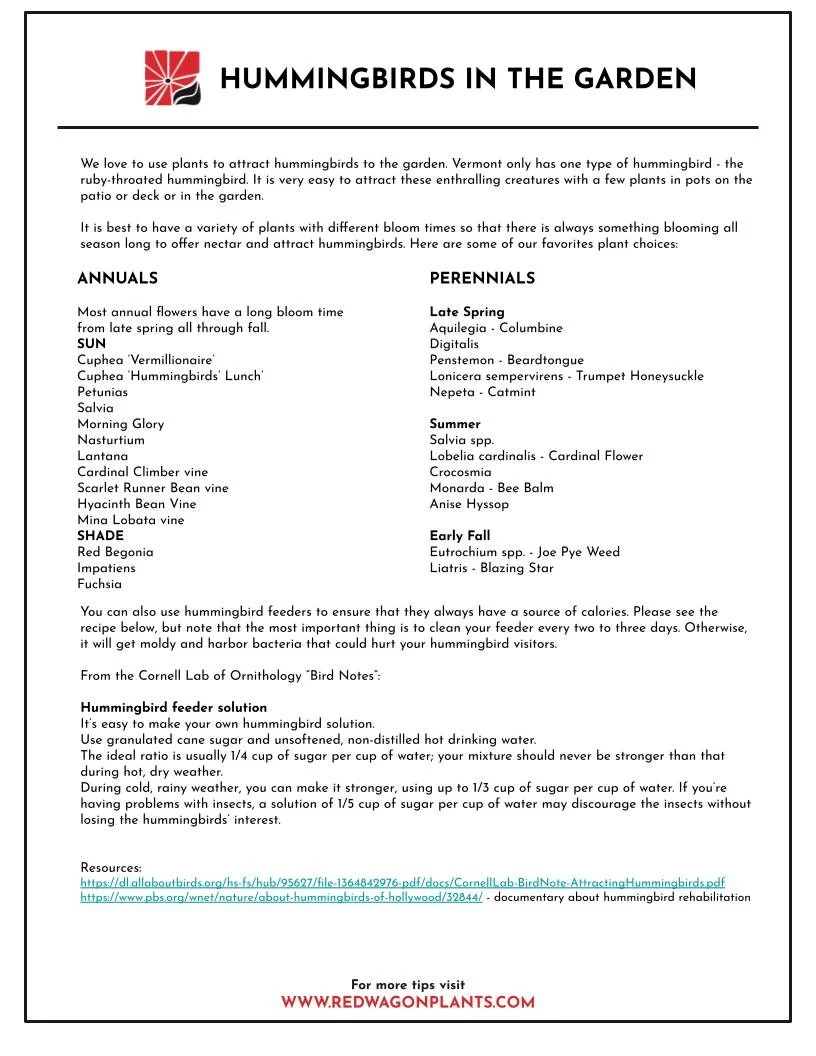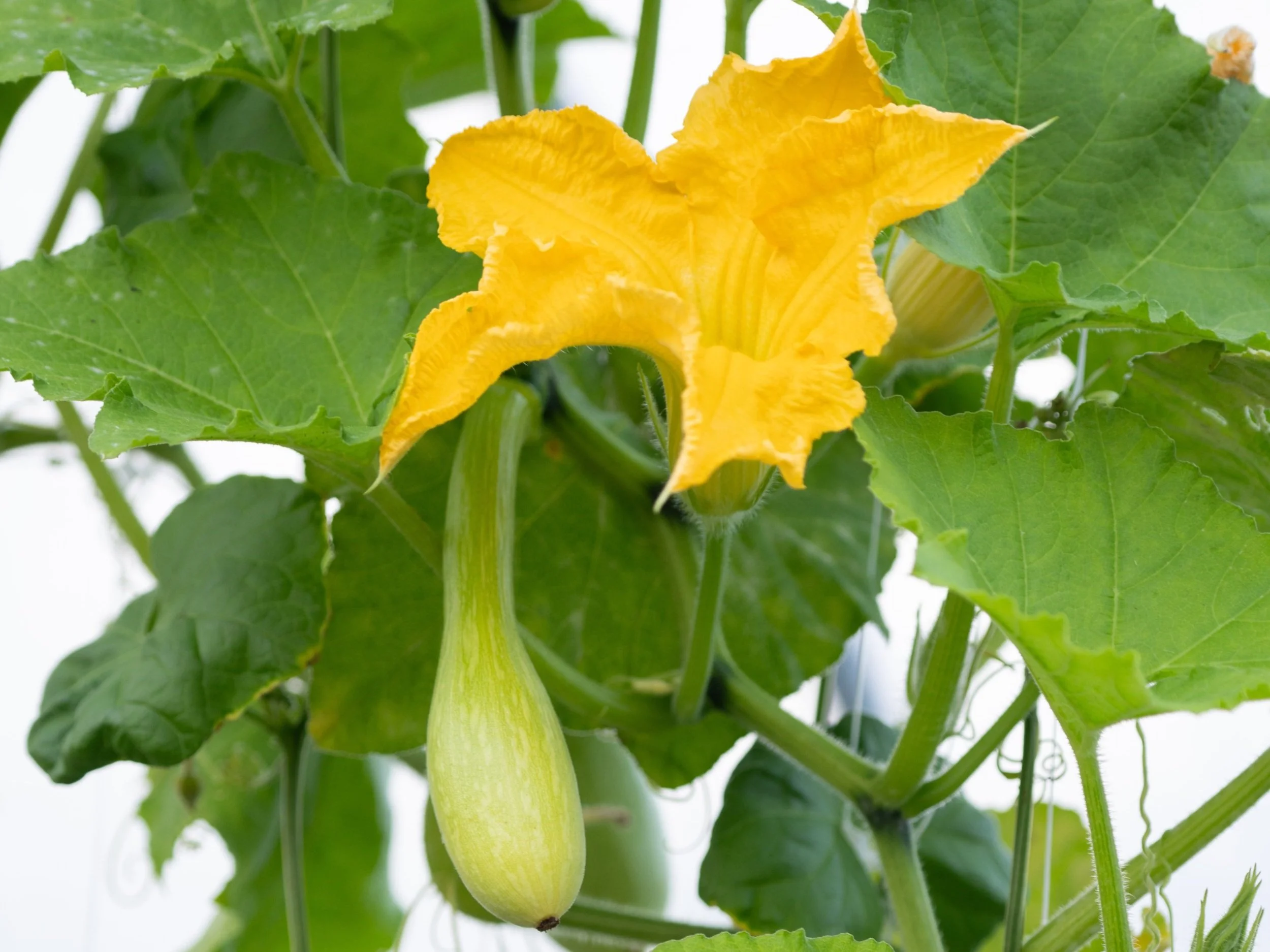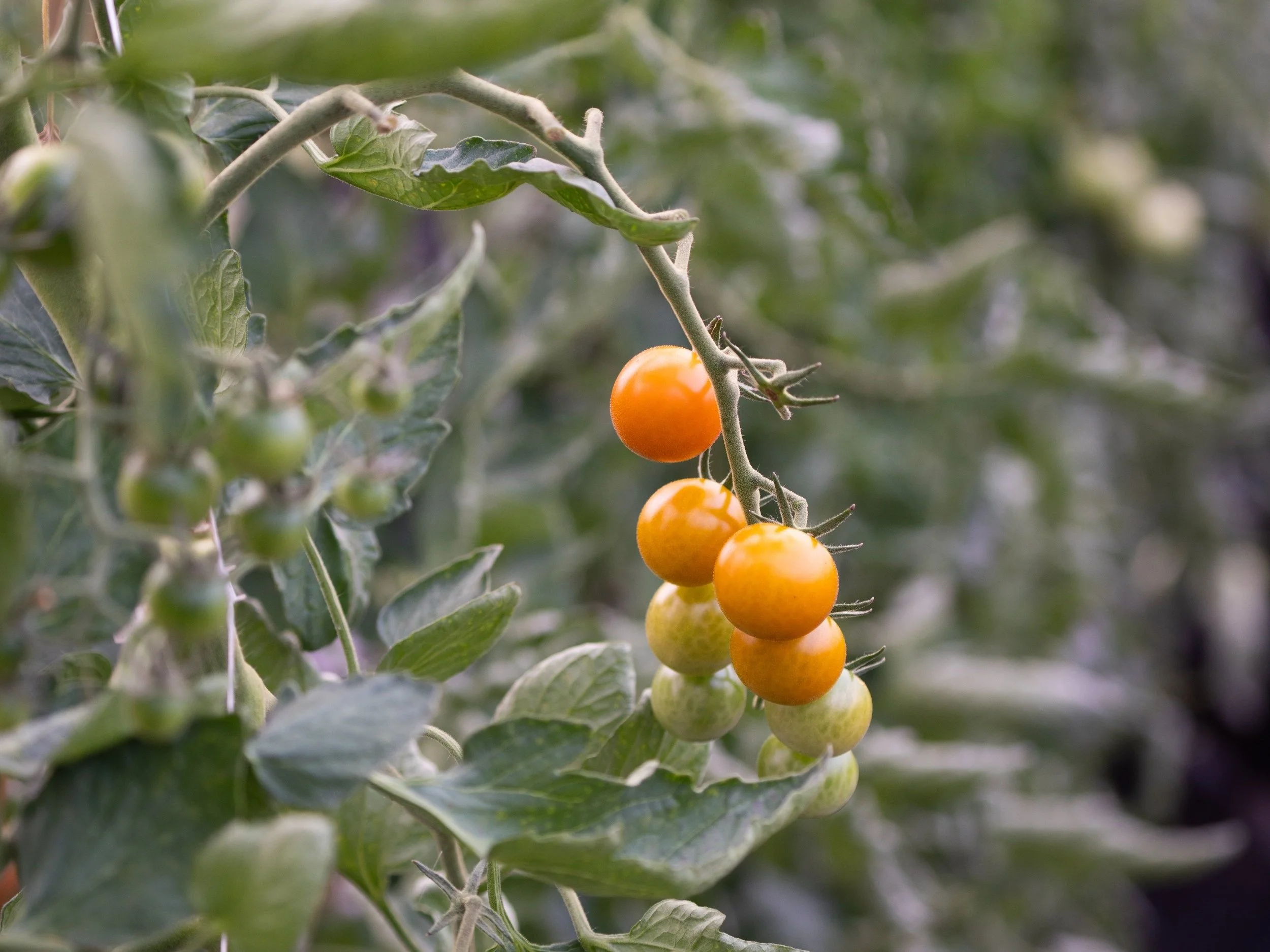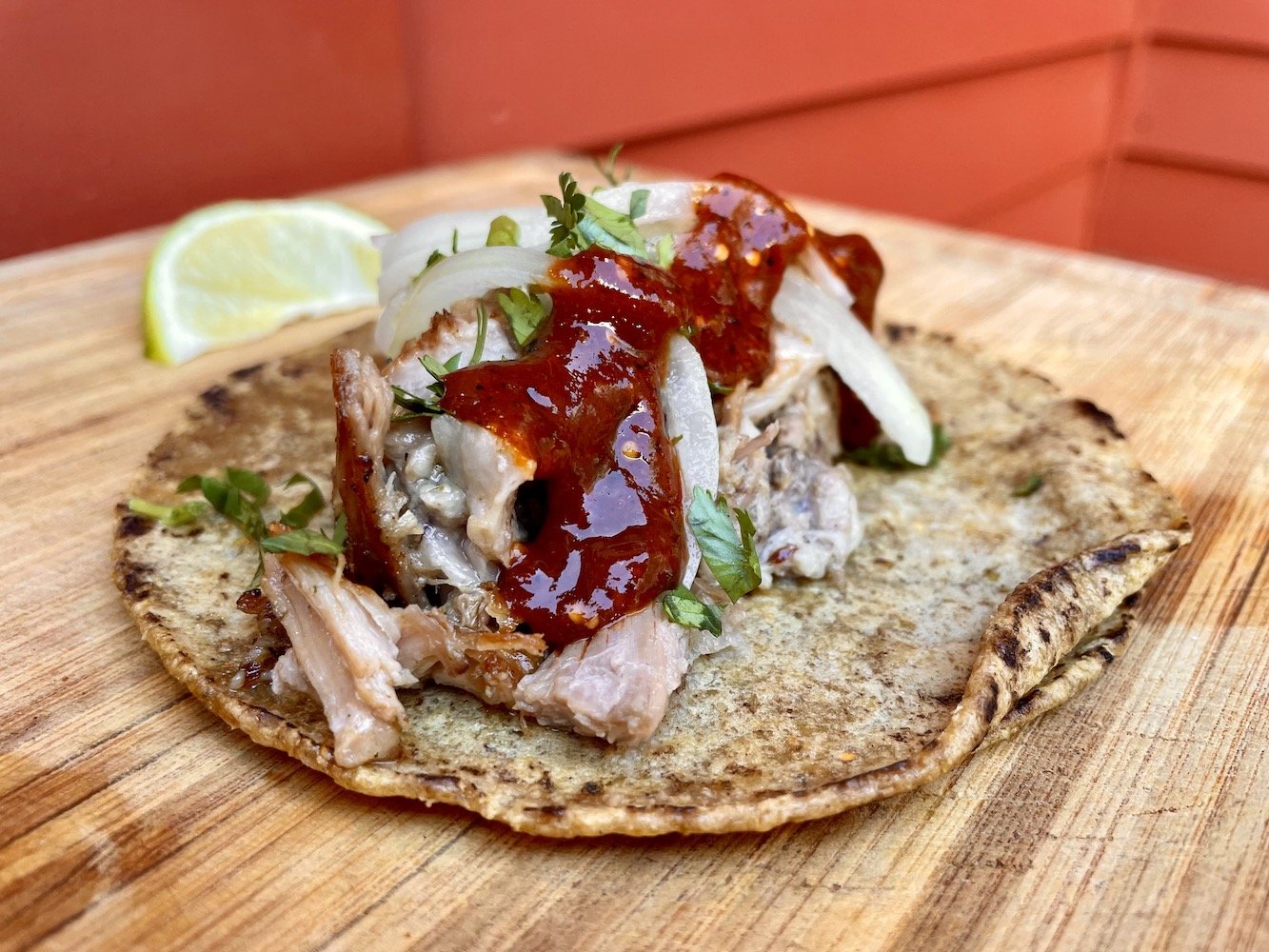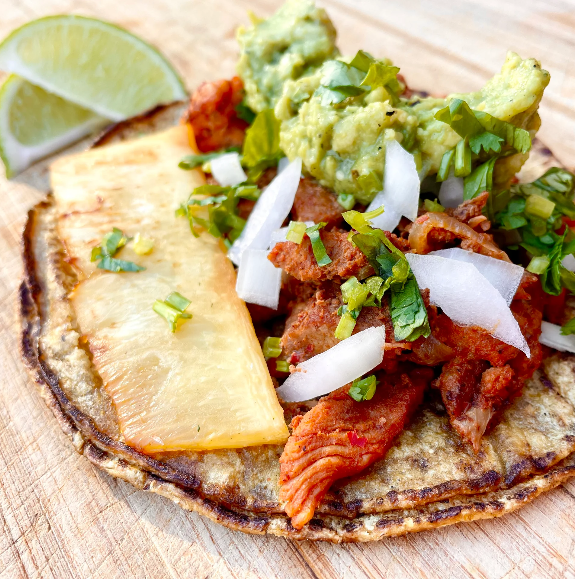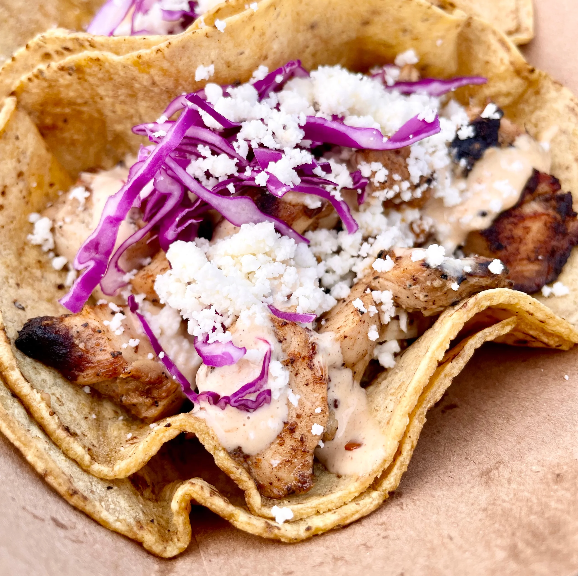Applications are open for the following positions. We will start interviews in January for the production team positions and in February for the retail and wholesale team positions. Please get in touch if you have any questions! We love meeting new people who want to work with plants.
We are hiring for the 2026 season!
Red Wagon Plants is known for high-quality, organic plants, an efficient, system-based workflow, and stellar customer service. We have a fun work atmosphere with fellow plant lovers, a beautiful work environment, free plants for our own gardens, and a paid lunch break. Our season is early, short, and builds to a very fast pace before slowing down for the summer months.
Our RETAIL CREW is the face of the operation and is made up of people who are knowledgeable, courteous, and confident. When not helping customers, retail staff are moving plants and restocking, keeping displays fresh and beautiful with an eye for color, texture and form, and keeping the greenhouses clean and tidy throughout the day. Members of the retail crew pride themselves in having an excellent memory to recognize regular customers, remember plant names and to know where plants are located.
Our PRODUCTION CREW is the heartbeat of Red Wagon. They are the people who seed, plant and water everything we grow. Like a well oiled machine, the production team works around the table, seeding and potting up plants. Members of the production team pride themselves in both speed and accuracy as well as the ability to participate in established systems. The quality of Red Wagon’s plants starts in our production team’s hands.
Our WHOLESALE CREW brings our plants out to stores all over Chittenden county and beyond. The wholesale team is fast on their feet, picking orders, loading and unloading trucks and restocking displays at local grocery and hardware stores. They represent Red Wagon Plants out in the world and receive lots of accolades for the nice plants being delivered.
Our commitment to all Red Wagon Plants employees
We strive for a great workplace, with lots of support and feedback from team leads.
RWP employees are what make Red Wagon the amazing place it is. Our customers notice this, and we delight in sharing their feedback with all team members.
Red Wagon Plants rewards all employee’s hard work with appropriate wages, a paid 30-min lunch break (occasionally a homemade or catered lunch, too), lots of free plants for their own gardens & a staff discount on all purchases. Year round employees receive additional benefits.
Our expectations from all Red Wagon Plants team members
Reliability, cooperation and timeliness
The willingness to listen carefully, ask questions and follow instructions precisely
A desire to improve, an engaged level of communication and an ability to learn from mistakes
What is a typical day like at Red Wagon Plants?
In RETAIL, opening shifts start 30 minutes before we open for the day. We use a daily log to keep everyone up to date with changing tasks and announcements. The main focus is on helping customers, answering their gardening questions, and using our POS to ring up purchases. Other tasks include watering plants, sweeping, fronting and restocking plants to keep displays attractive at all times. Depending on the day of the week and the time of year, we may be working alone in the retail greenhouses or with several team members. The closing shift ends about 30 minutes after closing and includes shutting the greenhouses, tidying up shopping carts and closing out the registers for the day. Retail shifts are staggered and each team member takes a 30 minute break about half way through their shift.
In PRODUCTION workdays typically start at 8 am, sometimes earlier in the heat of summer or for early watering shifts. The production lead sets the team up with the projects for the day. Most often this involves building trays and running them through the soil filling machine, loading the trays onto our work table where we plant plant plugs into the pots, tag them, and load them onto carts to bring them to their greenhouses to grow. Speed, strength and precision are key. The work day typically ends at 4 pm, after cleaning up the work space and getting set up for the next day. The production team typically takes their 30 minute lunch break together around noon.
In WHOLESALE a typical day starts at 8 am and involves picking orders onto racks and trailers and loading them onto trucks or vans. This involves a lot of lifting, bending and carrying heavy trays of plants. A big part of the day is then spent driving to grocery stores and hardware stores where the displays are tidied up and restocked. Most days end at 4 pm, but during peak season when orders are big, the wholesale jobs might finish up later. The wholesale team is flexible with the timing of their lunch break and might take it on the road.
Open positions
Retail Team Member - Part Time
We are looking for plant lovers to join the retail team in a part time position. This job involves running the register, fielding customer’s gardening questions as well as fronting and restocking plants. We are looking for folks who are alert to their surroundings and are able to effortlessly switch between different tasks like restocking and helping multiple customers. Engaging with Red Wagon’s customers is a very rewarding job and well suited for someone with an outgoing personality.
Requirements
A gardener and plant lover
A growing interest in perennials, annuals, container gardening, and vegetable gardening
Confidence to give advice to beginner and more experienced gardeners
Active and physically fit. A love for working outdoors and in greenhouses in all weather and the ability to lift heavy trays of plants repeatedly
Enjoy working in a team
Ability to keep one’s calm in a busy and crowded retail setting
Ability to take directions easily, work independently as needed, and have a sense of responsibility
When
Seasonal Position, mid April to July/August - end date varies case by case.
The daily schedule varies. We’re looking for both opening shifts, beginning at 7:30 am and closing shifts, ending at 6:30 pm. Shifts are typically 6-8 hours long with a 30 min paid break.
3 to 4 days a week, and must be available for at least 1 weekend shift per week.
Starting pay $20-$22 per hour depending on experience.
Retail Team Member - Full Time
We're looking for someone to join our retail team in a full time capacity and work closely with our retail manager. This person will be responsible for managing our plant inventory of annual flowers and foliage plants in two of our retail greenhouses. This means restocking plants from the production greenhouses into the retail greenhouse, creating and maintaining beautiful and inspiring displays, and keeping the spaces tidy and clean. We are looking for someone who understands the importance of visual merchandising for selling products, in this case, plants. This position also requires stellar customer service skills and the ability to work as a reliable team member. Working in retail at Red Wagon Plants is a dynamic balance of physical labor and customer service with very little uninterrupted time.
Requirements
A gardener and plant lover
A growing interest in perennials, annuals, container gardening, and vegetable gardening
Confidence to give advice to beginner and more experienced gardeners
Active and physically fit. A love for working outdoors and in greenhouses in all weather and the ability to lift heavy plants repeatedly
Enjoy working in a team
Ability to keep one’s calm in a busy and crowded retail setting
Ability to take directions easily, work independently as needed, and have a sense of responsibility
Experience working in a fast paced retail setting
Experience with merchandising products
Ability to keep a steady pace and follow through on tasks
When
Seasonal Position, early April to end of September.
Full time, 5 days a week. 10:30 am - 6:30 pm most days. Must be available for at least one weekend shift per week. Could be part time in August and September.
Starting pay $20-$24 per hour depending on experience.
Production Team Member
We are looking for a few new members to join the production team in a full time and part time capacity. The production team is responsible for seeding, potting up and transplanting all plants. This job is very repetitive and physical. We are looking for folks who are detail oriented even at a fast pace and are able to pick up systems quickly. All production staffers need to work well in a team and be ready to switch tasks and jump in to assist other teammates as needed to keep the operation running smoothly. Bonus: In production, employees get to interact with baby plants all day long and the production manager makes awesome playlists.
Requirements
A plant lover
Active and physically fit. A love for working outdoors and in greenhouses in all weather and the ability to lift heavy plants repeatedly
Great dexterity
Reliability, friendliness and kindness
Enjoy working in a team.
Ability to keep one’s calm even with an enormous to do list
Ability to work independently and have a sense of responsibility
When
Seasonal, beginning mid- March or mid-April through the end of May.
Full time and part time positions are available.
3 to 5 days a week, flexible with what days of the week. In April and May one weekend day per week is required. Work hours are 8:00 am - 4:00 pm usually.
Starting pay $20-$22 per hour depending on experience.
Wholesale Team Member
This position is perfect for a detail minded person who is able to drive a 16 ft box truck or cargo van (no CDL needed). Having some plant or gardening knowledge is important because our drivers need to identify and find plants across our 12 greenhouses and load them quickly onto trucks.
Requirements
Clean driving record
Plant and gardening experience
Good memory and ability to retain information
Physical stamina
When
Seasonal, from mid-April to mid-June.
This is a full time position, Monday through Friday. Work hours are 8:00 am - 4:00 pm or 7:00 to 3:30. There is occasionally some paid overtime.
Starting wage is $25 per hour or more depending on experience.

